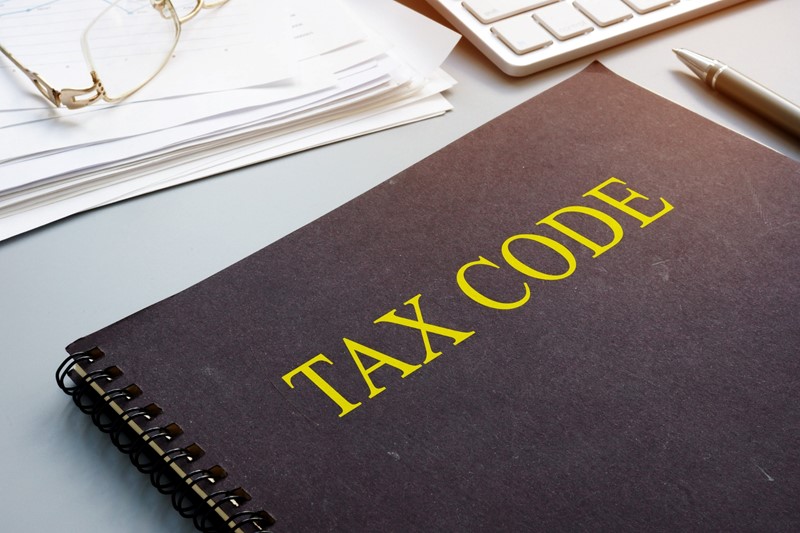The letters in your tax code signify your entitlement (or not) to the annual tax free personal allowance. The tax codes are updated annually and help employers work out how much tax to deduct from an employee’s pay packet.
The basic personal allowance for the current (and next) tax year is £12,570. The corresponding tax code for an employee entitled to the standard tax-free Personal Allowance 1257L. This is the most common tax code and is used for most people with one job and no untaxed income, unpaid tax or taxable benefits (for example the use of a company car).
There are a range of numbers and letters that can appear in your tax code. For example, there are letters that show when an employee is claiming the marriage allowance (M) or where their income or pension is taxed using the Scottish rates (S). If your tax code numbers are changed this usually means your personal allowance has been reduced.
There are also emergency tax codes (W1 or M1) which can be used if a new employee does not have a P45. These codes mean that an employee’s tax calculation is based on what they are paid in the current pay period.
If your tax code has a 'K' at the beginning this means that deductions due for company benefits, state pension or tax owed from previous years are greater than your personal allowance. However, the tax deduction for each pay period cannot be more than half your pre-tax pay or pension.
It is important to check your tax code to ensure the correct information is being used. If you have any queries we can help, or you can check with your employer or HMRC.





